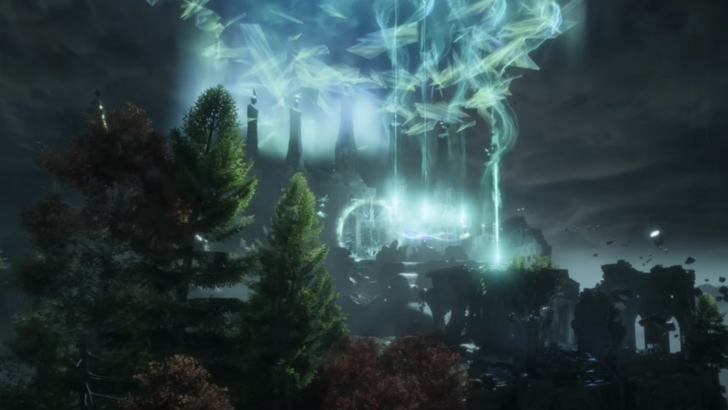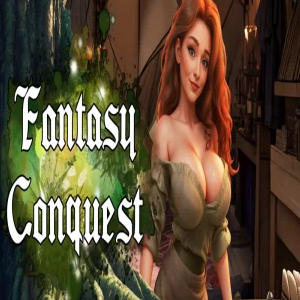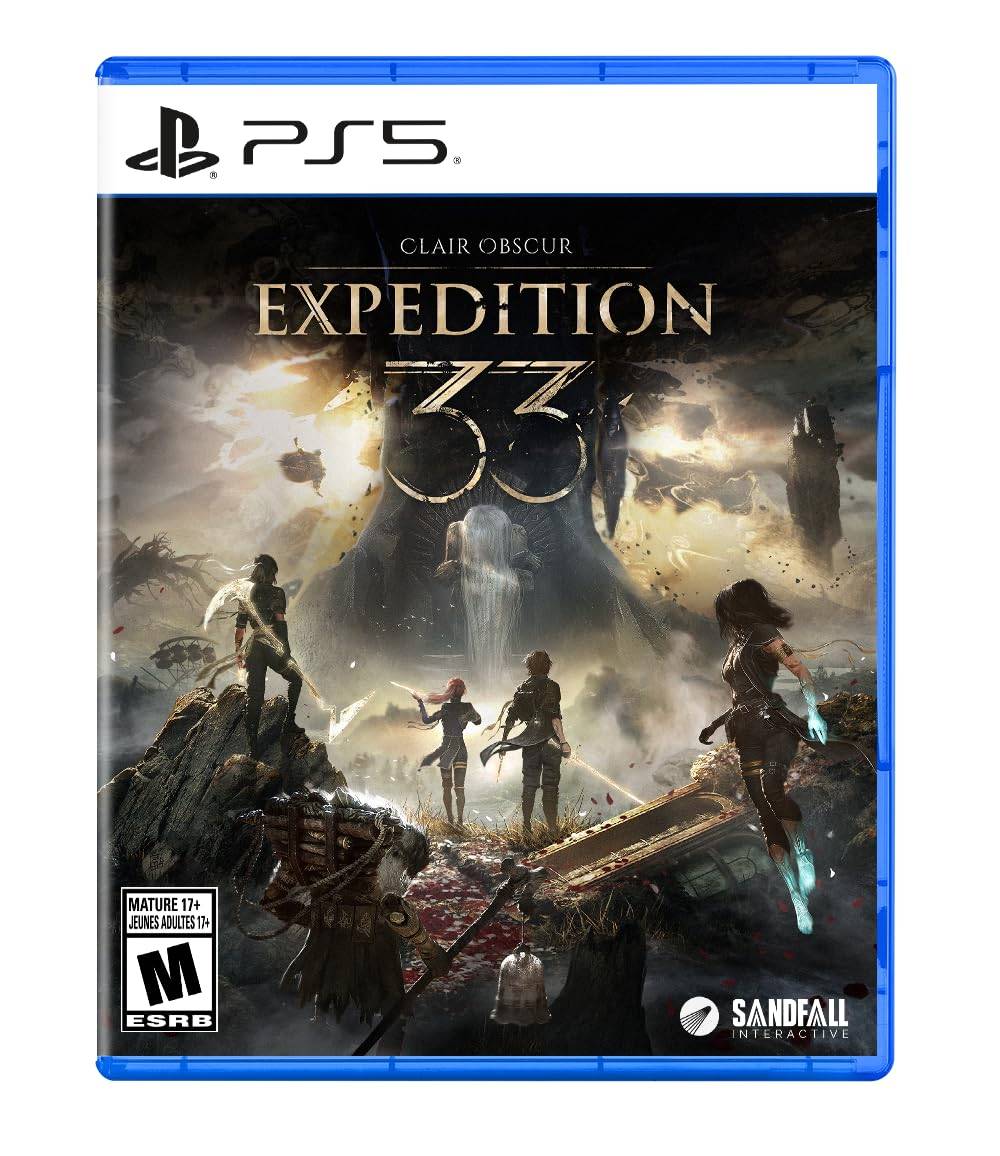
Monster Hunter's narrative often gets overlooked due to its straightforward nature, but is it truly that simple? This deep dive explores the underlying themes and stories.
← Return to Monster Hunter Wilds' main article
The Evolution of Narrative in Monster Hunter
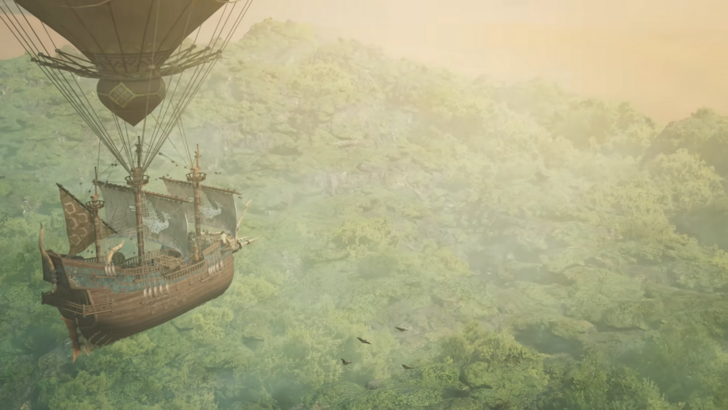
The Monster Hunter series isn't known for its story-driven gameplay. Many consider the narrative secondary to the core hunting mechanics. However, this doesn't mean a compelling story is absent. The mission-based structure, where quests drive the action, often overshadows the deeper narrative threads. But is it truly as simplistic as hunting monsters for profit, fashion, and sport? Let's delve into the mainline series' narratives to discover the truth.
The Familiar Beginning
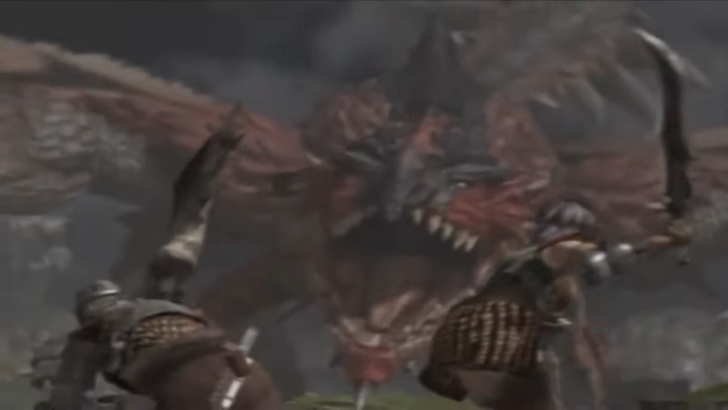
Most Monster Hunter games share a common structure: You begin as a novice hunter, accepting quests from village elders, gradually progressing to hunt increasingly formidable monsters, ultimately becoming the village's top-ranked hunter. Higher ranks unlock access to more powerful and challenging creatures. The core gameplay loop revolves around this progression, culminating in a final showdown with the game's ultimate boss (e.g., Fatalis in Monster Hunter 1). This cycle persists throughout the series, even as later installments incorporate more robust storytelling. However, titles like World, Rise, and their expansions significantly enhance the narrative experience.
Guardians of the Ecosystem
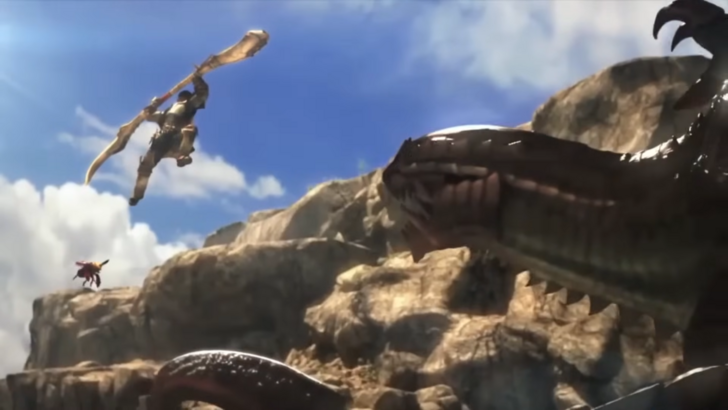
The series frequently explores the hunter's role in maintaining ecological balance. Monster Hunter 4 (MH4), for instance, features the Gore Magala and its Frenzy Virus, a disease that dramatically increases monster aggression. The Gore Magala, with its menacing appearance, serves as a clear antagonist, and defeating it restores balance.
However, Monster Hunter: World and Iceborne offer a more nuanced perspective. The endings suggest that while humans strive to restore balance, they still have much to learn about the intricate workings of nature.
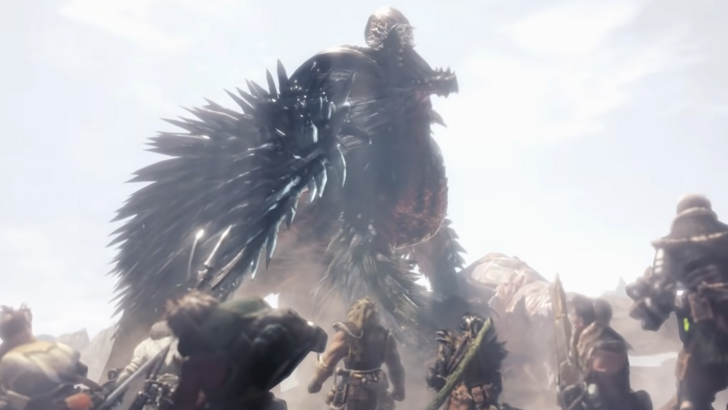
Iceborne's conclusion reveals Nergigante as a force of nature, maintaining equilibrium. While Nergigante's role might seem underwhelming at first, it perfectly encapsulates the game's theme of ecological balance. The base game portrays the hunter as a "Sapphire Star," a guiding light, referencing the in-game "Tale of the Five," suggesting the Research Commission has embraced its role as nature's guardian, with the hunter as its guide.
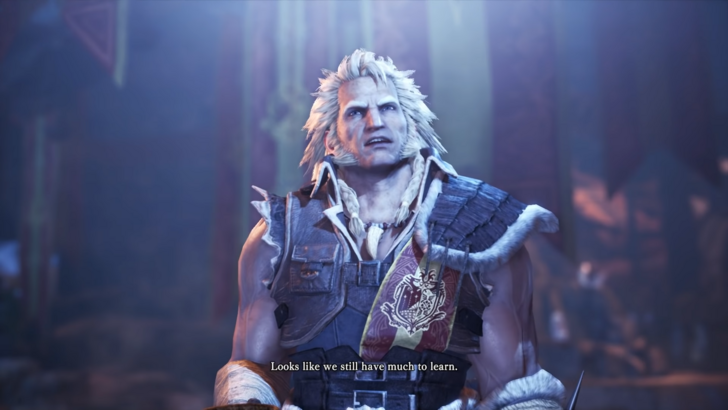
Iceborne's ending contrasts this, emphasizing the Research Commission's need for further understanding of nature's processes. This juxtaposition highlights how human understanding of nature is incomplete and that nature persists even without human intervention. This interpretation adds depth to the seemingly simple act of monster hunting. And speaking of monsters, how do they perceive the hunter?
The Hunter Reflected
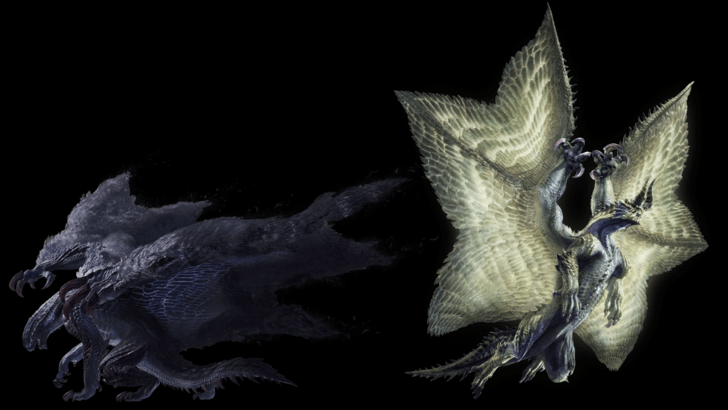
In MH4, defeating the Gore Magala only reveals its ultimate form, the Shagaru Magala. This mirrors the player's experience of upgrading equipment and facing stronger challenges. This suggests that monsters, too, learn and adapt from encounters with hunters.
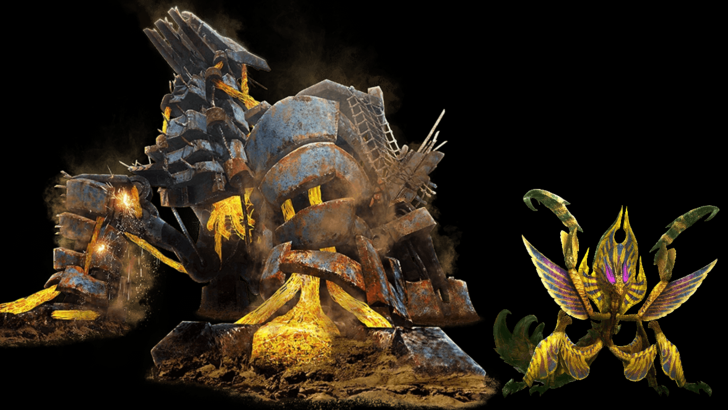
The Ahtal-Ka, the final boss of Monster Hunter Generations Ultimate, exemplifies this. This gigantic insect monster utilizes hunter-created technology, even building a mechanical fortress, demonstrating its adaptation to hunter strategies. Its use of weapons and structures directly mirrors the hunter's methods, suggesting a form of mirroring and adaptation. This unique boss fight highlights the dynamic relationship between hunter and monster.
A Personal Narrative: Man vs. Wild
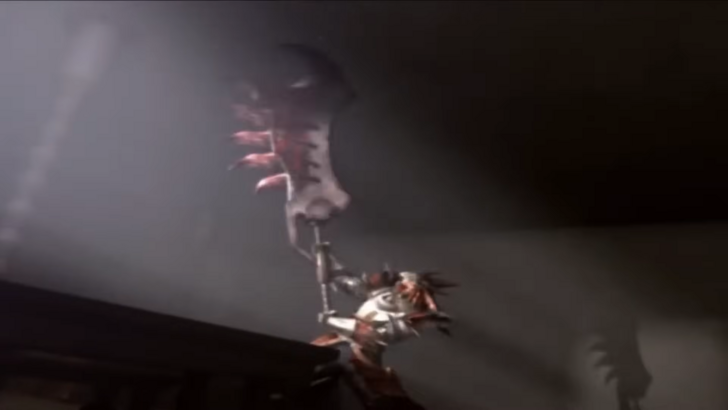
Considering the themes of ecological balance and monster adaptation, what truly defines Monster Hunter? It's the player's personal journey of growth and improvement against increasingly challenging monsters. The game creates a personal narrative through its gameplay. This mirrors the appeal of games like the Souls series, where overcoming challenges through skill and persistence is central to the experience.
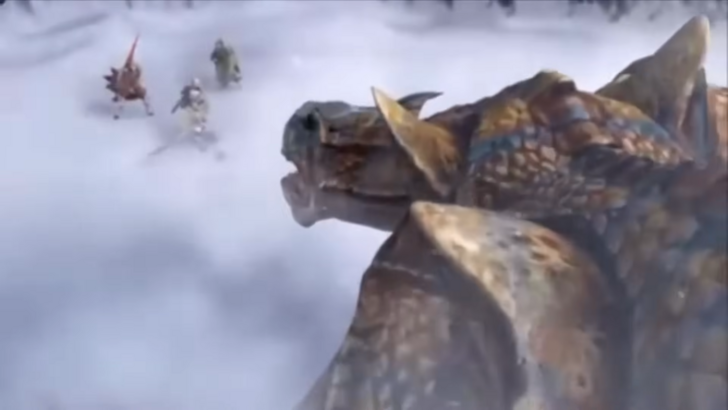
The early encounter with the Tigrex in Monster Hunter Freedom 2, where the player is initially defeated, establishes a clear goal: to overcome this powerful monster. Later encounters with the Tigrex, after gaining experience and better equipment, highlight the player's progress and sense of accomplishment. These seemingly small moments create a powerful narrative arc.
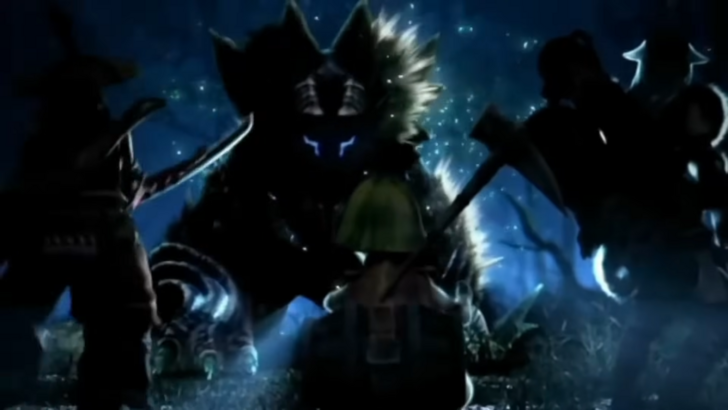
While newer games incorporate more explicit storylines, the core gameplay loop remains a powerful driver of personal narrative. The satisfaction of overcoming a challenging monster is a key element of the Monster Hunter experience.
While Monster Hunter's narratives might not always be the most elaborate, they effectively weave the player's journey into a memorable and compelling story.


